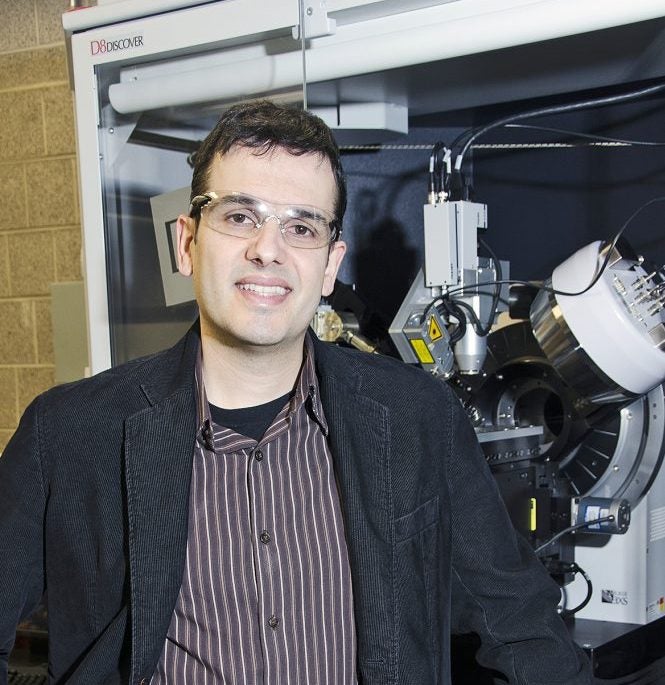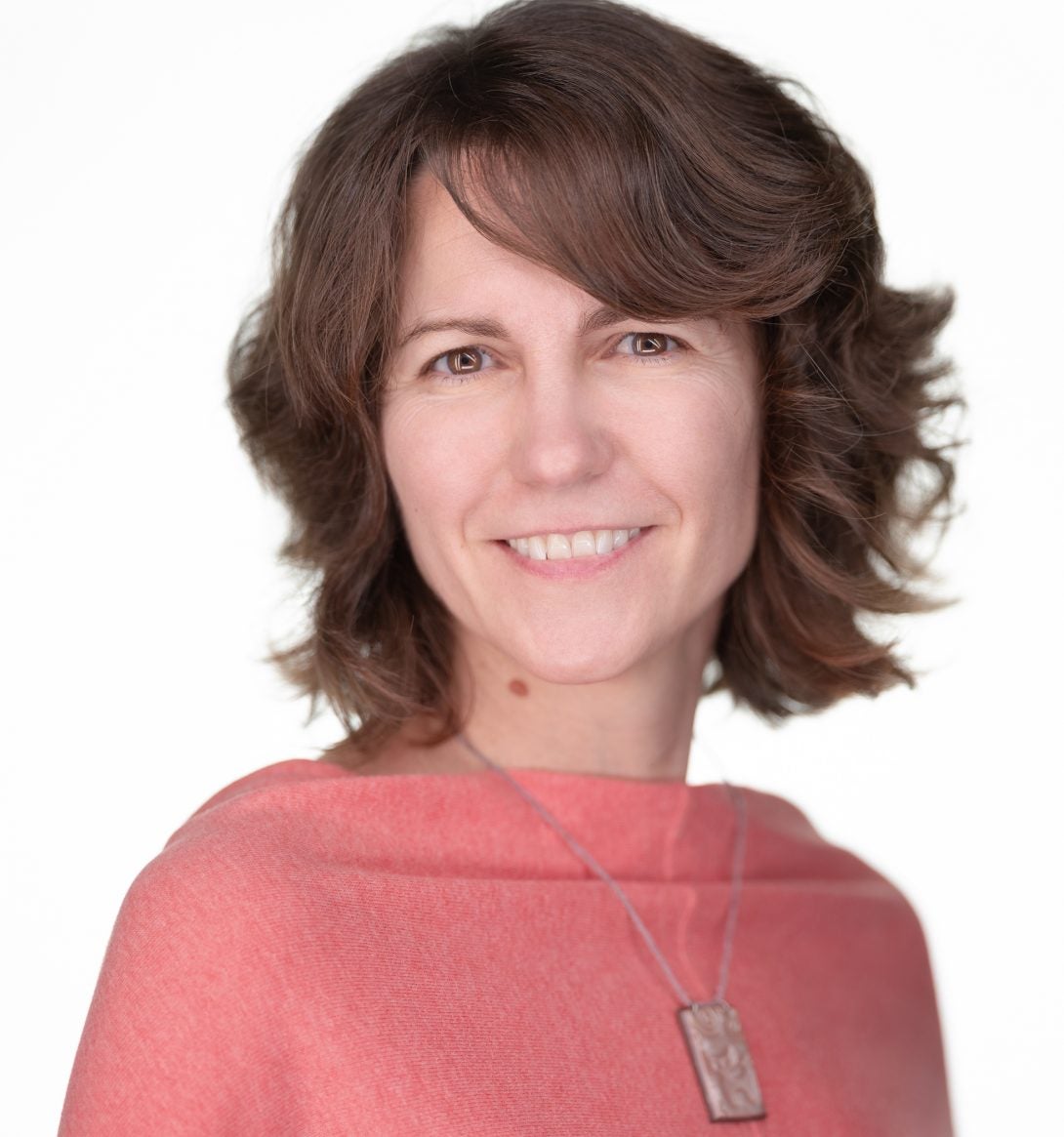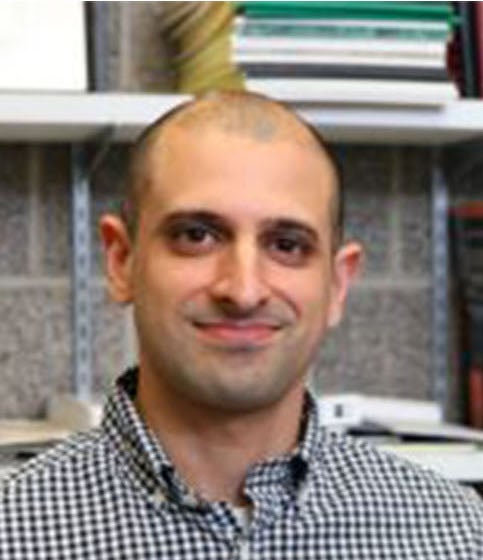Inorganic Chemistry
Inorganic Chemistry 1 Heading link

Dr. Jordi Cabana is an Associate Professor in the Department of Chemistry at UIC. His group is focused generally on the physical and inorganic chemistry of materials for electrochemical applications. Dr. Cabana’s group carries out research to define how materials undergo oxidation-reduction reactions to provide information to guide the development of new technologies for batteries or the conversion of energy using renewable sources. Specifically, Dr. Cabana and his group explore ionic conduction and the redox chemistry of solid materials to find completely new compounds or assemble known compounds into more complex materials with specialized properties. Research in Dr. Cabana’s group is carried out along two principal directions:
- Designing chemical reactions to create complex, but stable new materials: Chemical routes to these multifunctional materials are informed by a knowledge of the chemical pathways of redox reactions involving solids. The group studies phenomena that occur at multiple length scales, from the atomic to macroscopic, or from interfaces to large particle assemblies.
- Development of analytical methods. As part of the quest to gain insight into these very complex chemical processes with high accuracy and precision, new analytical techniques need to be developed and existing methods updated and expanded. These include traditional electrochemical techniques as well as the use of modern instruments that can do 2D and 3D chemical imaging at the atomic scale.
For more information on Dr. Cabana’s research and the activities of his group, visit his Chemistry Department profile and his lab’s website.
Inorganic Chemistry 2 Heading link

Dr. Ksenija Glusac is an Associate Professor in the Department of Chemistry at UIC, and also maintains a laboratory at the nearby Argonne National Laboratory. Dr. Glusac’s research is concerned with developing new chemical reactions that will operate in devices that create solar fuels. These reactions release hydrogen and oxygen gas and consume carbon dioxide, which can be environmentally beneficial, but they often involve toxic metals. Dr. Glusac’s group is working on ways to carry out these same reactions using materials that contain only carbon, hydrogen, nitrogen and oxygen. In exploring the fundamental chemistry of these process, Dr. Glusac’s group is pursuing three research directions.
- The unusual form of the element carbon known as graphene conducts electricity and can be used to carry out electrochemical reactions. Is it possible to create “supermolecules” of graphene that will carry out the complicated reactions necessary to produce solar fuels?
- Graphene also can be formulated into molecular-scale units called “quantum dots,” which can absorb light and create solar fuels. Can we design quantum dots that possess the specific functions needed, and at the same time operate as efficiently as possible?
- In nature, plants carry out photosynthesis and very effectively generate oxygen from carbon dioxide and water. In the “biomimetic” approach, these naturally-occurring molecules provide a design principle for the production of solar fuels. What features are needed to copy nature’s efficiency in artificial photosynthesis?
For more on Dr. Glusac’s research, see her Chemistry Department profile and her group’s research site.
Inorganic Chemistry 3 Heading link

Dr. Neal Mankad is an Associate Professor in the Department of Chemistry at UIC. Dr. Mankad’s research focuses on the structures and properties of compounds having two or more metal atoms, with the goal of addressing research problems in energy conversion, energy storage, the synthesis of organic molecules, and the modeling of active sites of metal-containing enzymes. Students working with Dr. Mankad’s group may work on a number of different projects within these research topics.
- Multimetallic Catalysis: In living systems, enzymes that contain two or more metal atoms can control reactions that involve multiple electrons. What can we learn about the mechanisms of these reactions to help us design catalysts for energy conversion reactions?
- The synthesis of complex organic molecules can be simplified with the correct metal-containing molecules that can be designed to perform specific transformations, and then release those molecules for another step in the process. How can we use what we learn from studying metal-containing enzymes to help us create new molecules that will do specific chemical tasks?
- One of the pressing needs in the push to utilize renewable energy sources is developing ways to store energy in environmentally safe ways, and to move beyond traditional battery technologies. The group is working on a concept known as the Redox Flow Battery (RFB). Can we create “electroactive liquids” that will outperform solid state batteries and lead to cleaner and more efficient energy storage and release?
Students working with Dr. Mankad’s group will learn to use a number of advanced chemical tools from specialized apparatus for the synthesis chemical compounds to instrumental methods for the characterization of structure and properties. For more details on current research in Dr. Mankad’s group, visit his Chemistry Department profile and also his group’s research page.